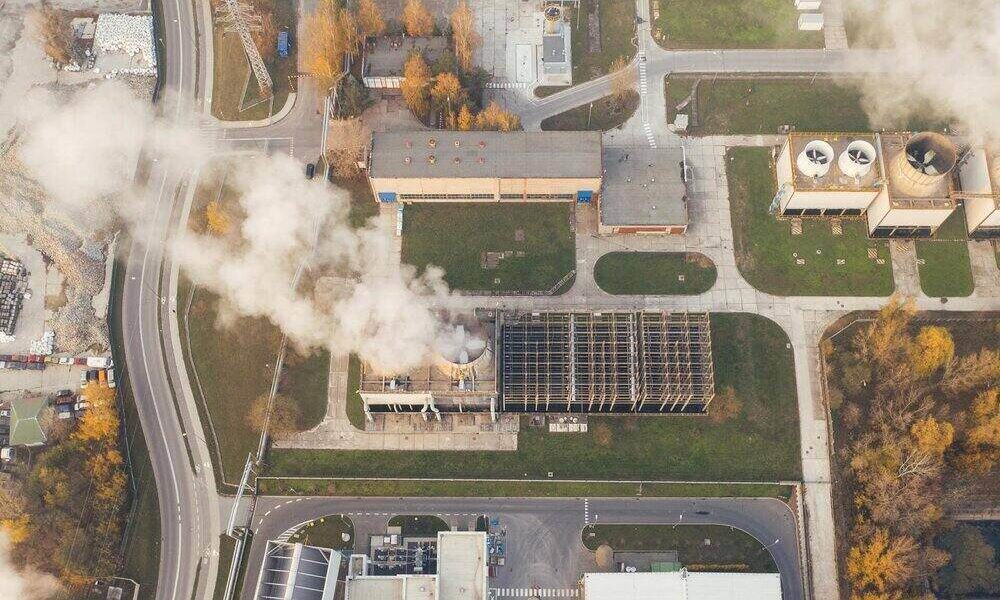
According to Greenpeace, the technology industry will use 20% of the world’s electricity by 2025compared to 7% consumed in 2020. This increase, more than notable, is largely attributed to the growth of cloud computing. And in a framework in which climate change is increasingly evident and in which the carbon footprint of large corporations can make a difference, control of energy consumption has become one of the main objectives of technology companies to the future. Above all, for cloud providers, which, as we have seen, are going to be the ones that contribute the most to the increase in energy consumption in the technology sector in the coming years.
Most aspire to a “zero emissions” future, using only renewable energy to operate. All those who have decided to take the step have set a calendar of milestones to achieve it. But they see that it is not enough, and they want to contribute so that their clients and partners can achieve it too. But with your help. That is why the main cloud providers, such as Microsoft Azure, Google Cloud or Amazon’s cloud division, AWS, have launched various tools and control panels. Alibaba Cloud has just joined them, with a tool that, according to The Register, its clients can use to measure and manage their company’s carbon emissions.
Alibaba Cloud Energy Expert
this tool, Energy Expertis a software platform as a service developed and managed by AlibabaCloud, Alibaba’s cloud computing division. With it, the company’s clients can measure, analyze and manage the carbon emissions resulting from their business activities. Of course, it is a payment platform, developed according to the company based on the express requests of its clients.
The platform allows for an automated process of reporting and counting emissions both at the corporate and product levels. Its purpose is to offer companies a system for identifying sources of carbon emissions in their daily activities and in the complete life cycle of their products, based on the international standard ISO14064 for the verification of the carbon footprint, and in the specifications PAS 2060 for carbon neutrality.
Get your energy efficiency analytics and emissions predictions through deep learning models stored in the Alibaba cloud. With it, companies can monitor the progress of their sustainability performance through dashboard visualizations and online reports.
In addition, it generates optimization plans, with recommendations to help balance the growth of the company and its environmental impact. These recommendations may include increasing the use of clean energy, reducing electricity consumption during peak hours, or ways to optimize the supply chain.
For now it is unknown how much it costs to use this platform, which has been operating in China since last February and is already used by more than 2,000 Alibaba customers. Its creators claim that they have achieved energy savings through the platform of 2 million kilowatt hours per day. That is, 400,000 tons of carbon dioxide emissions since it began operating.
Microsoft Azure Emissions Impact Dashboard and Google Cloud Carbon Footprint
The Microsoft Azure tool in this sense it is also a panel: Emissions Impact Dashboard. It is a tool that requires adjustments and configuration management, and you have to pay to use it. Its mission is to measure the carbon impact of cloud workloads.
It was born due to the need that the company saw to measure and track scope 1, 2 and 3 emissions. The first are direct emissions, such as those made through gasoline consumption. Those of scope two come from the energy consumed, fundamentally with electricity, and those of scope 3 are indirect emissions, derived from the manufacture and sale of products. In many companies, scope 3 is the most numerous.
The three types, as The Register points out, are included in the Greenhouse Gas Protocol, or GHG, designed by a team that is in charge of developing standards to quantify emissions. Microsoft is among the companies and cloud providers that finance the development of this protocol. But Google is not, and despite this, Google Cloud It is also another of the cloud providers that has its emission measurement tool for its clients: Carbon Footprint. Yes, somewhat less powerful.
This Google dashboard measures, among other things, the electricity usage of Google Cloud products and client-to-server emissions associated with electricity generation facilities and fuels, for most electrical load. It does not include direct or indirect emissions related to the heat chain. That is, it does not cover scope 1 and 3.
Therefore, it is less comprehensive than those of other cloud providers. Of course, the Google Cloud panel is one more part of the management and control console of its platform, GCP. But Microsoft Azure is a separate tool, which is an additional cost to Azure customers who want to use it. It is a Power Business Intelligence Pro application.
AWS Customer Carbon Footprint
Regarding the tool awsis named Customer Carbon Footprint, is available free of charge to all AWS customers and is responsible for helping you calculate your carbon footprint. To access it, open the AWS Billing Console and select the Cost & Usage Reports option. Among the options that appear is the Customer Carbon Footprint Tool that, when chosen, issues a report on the carbon footprint of the client in question.
It shows the emissions depending on the chosen month. Not just a summary of its quantity and origin. The report also breaks them down by geography, and based on the AWS service used. It also has a statistics section by month, quarter and year. Valuable information for all the company’s clients who want to know exactly their carbon footprint for using cloud services and thus be able to control and even reduce them.



